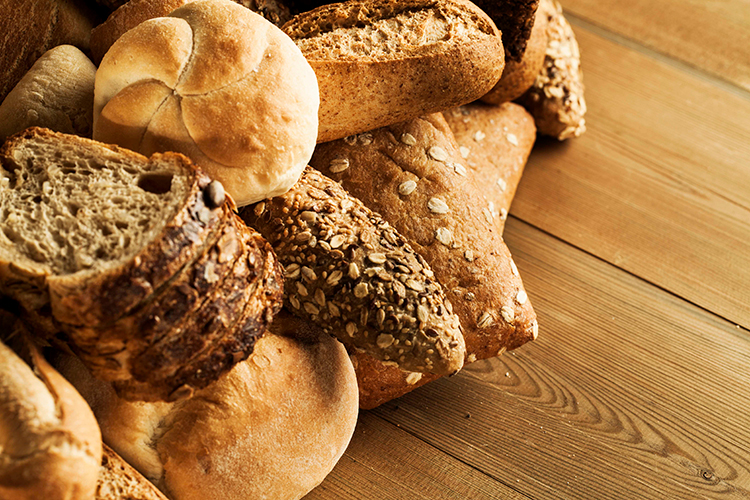Inflation in the United States is as high as it’s been in four decades. For certain non-essential items, there’s only so much more consumers are willing to pay before they stop buying them.
But there are ways to counteract these upward pressures on price. Premiumization of brandsand highlighting added value and other product benefits are among the many tools that can be used to keep people buying higher-priced items.
Let’s take sustainability as an example, if a consumer supports a cause like sustainability, and a product makes sustainability claims that are clearly communicated on pack, that consumer may be more loyal to that product and brand.
More and more people are choosing brands and products that align with their personal key values. That’s why claims and having product positioning that creates added value with consumers is more important than ever.
In an inflationary environment, price increases are inevitable. When your product is facing pricing pressure, having additional health and wellness claims or value-added positioning can help give your consumer’s less reason to switch to alternate products.
In the baked goods industry, adding functional benefits to products and communicating them effectively to consumers can be critical to building the kind of brand equity that can survive price hikes.
Another key is to make sure you’re delivering a consistent product to the consumer every time, said Yanling Yin, R&D director for Lenexa, Kan.-based Corbion.
“Brand loyalty is often related to the consistency of the product,” Yin said. “The customer wants the same product all the time no matter the ingredient issues. It is the eating experience they seek and demand to meet their expectations.”
Challenges and opportunitiesWhile logistic challenges, ingredient shortages and label changes cause pain for many manufacturers, these challenges can also create huge opportunities.
For example, supplies and prices of DATEM, an emulsifier primarily used in baking to strengthen the gluten network in dough, have been unpredictable. One possible solution is to switch to clean-label alternatives, which has the added benefit of checking a better-for-you box many consumers are looking for anyway.
Manufacturers have to meet their customers and end consumers in the sweet spot where they are willing to pay more as long as they are getting more value than they would from a less expensive alternative.
One advantage manufacturers had going in to the current inflationary period was the fact that demand for premium products was high — high enough in many cases to withstand inflation.
“The products that are growing are ones that tend to be more premium, which are products that are at least 20% higher than the average for that product group,” said Jennifer Halliburton, Corbion’s senior manager of market insights. “And those premium products also tend to have more claims: a combination of health and wellness and ingredient claims.”
Products with the right combination of claims tend to be less price sensitive, which could indicate more loyalty,, Halliburton added. So as prices go up in the marketplace, consumers are still reaching for that product instead of switching to something less expensive.
When you have two products that are considered similar by consumers, but one has key claims and an ingredient panel that is perceived as healthier, consumers may be less likely to switch to a cheaper-priced value alternative.
“If your product isn’t unique and doesn’t have any value-added positioning, consumers may be more likely to switch to lesser priced alternatives when faced with pricing pressure,” Halliburton said. “If prices have to go up and ingredient panels require change, manufacturers should explore opportunities to call out something new and improved — improved flavor, cleaner label, or some other news that can engage them in fresh conversation with their consumers about the added value of their products.”
Increasing a product’s value to make it premium by adding claims isn’t always easy. Changing your label, your ingredient panel or your whole manufacturing process can be hard. But if supply chain and inflationary problems are causing bakers and manufacturers to make those painful changes anyway, it can be a great opportunity to also make claim-related changes.
|
THE RISE OF PREMIUM
In October, market data leader IRI took a close look at the increase in demand for premium products and what is driving it. Among their findings:
|


